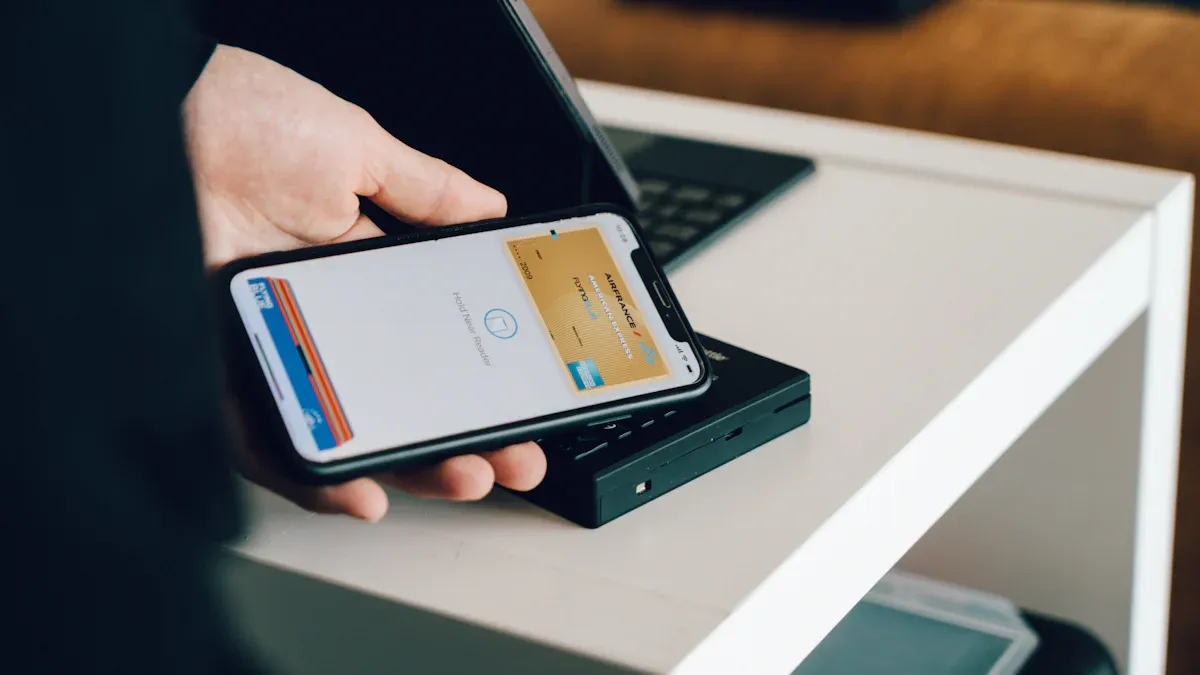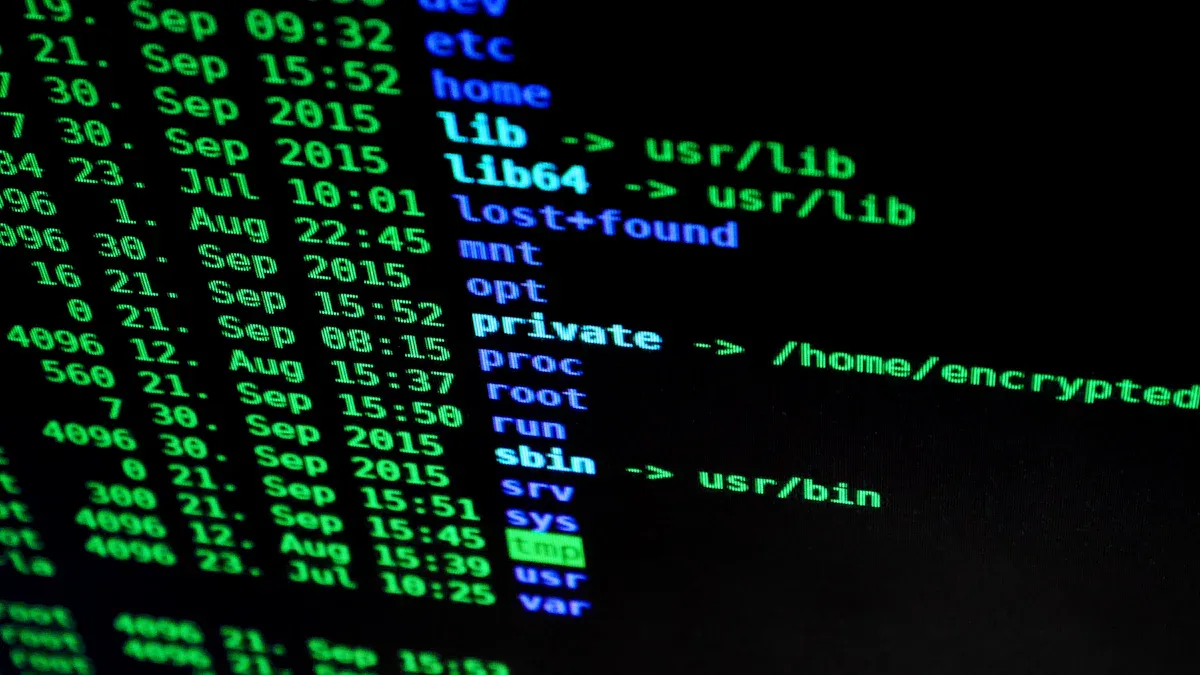What Is One Potential Risk Associated With a Cryptocurrency Hot Wallet?
2025-04-29 10:01:49
Cryptocurrency wallets play a crucial role in managing digital assets. A hot wallet, which remains connected to the internet, offers convenience for frequent transactions. However, this constant connectivity exposes it to hacking risks. In 2022 alone, hackers stole over $3.8 billion from crypto platforms, with 82% of these breaches targeting DeFi systems. Recent analyses also reveal frequent attacks on hot wallets by North Korean hackers, highlighting their vulnerability. Understanding what is one potential risk associated with a cryptocurrency hot wallet helps users protect their investments.
Understanding Cryptocurrency Hot Wallets

What Are Cryptocurrency Hot Wallets
Cryptocurrency hot wallets are digital wallets connected to the internet, enabling users to store, send, and receive cryptocurrencies. Their defining characteristic is their constant online connectivity, which facilitates instant access to funds. Hot wallets accounted for 58% of the market share in 2023, reflecting their popularity among traders and everyday users. Applications like Coinbase Wallet and MetaMask exemplify their ease of use and fast transaction capabilities. Despite their convenience, hot wallets remain vulnerable to hacking due to their online nature.
How Hot Wallets Differ from Cold Wallets
Hot wallets differ from cold wallets primarily in their internet connectivity. While hot wallets remain online, cold wallets operate offline, offering enhanced security. Hot wallets store private keys digitally, allowing users to initiate transactions, sign them, and broadcast them to the blockchain for verification. In contrast, cold wallets store private keys in physical devices or paper formats, minimizing exposure to cyber threats. Popular hot wallets include MetaMask and Coinbase Wallet, while cold wallets often take the form of hardware devices like Ledger Nano S.
Why Hot Wallets Are More Prone to Security Risks
Hot wallets face greater security risks due to their constant internet connection. Weak passwords, lack of two-factor authentication, and malware on users’ devices increase their vulnerability. Phishing attacks also pose significant threats, tricking users into revealing sensitive wallet details. High-profile breaches highlight these risks. For example, in 2018, hackers stole $40 million from a hot wallet belonging to a major cryptocurrency exchange. Such incidents underscore the importance of securing hot wallets against potential threats.
Security Risks of Hot Wallets

Common Hacking Methods Targeting Hot Wallets
Hackers employ various methods to exploit hot wallet vulnerabilities. Phishing attacks remain one of the most common tactics. Cybercriminals create fake websites or emails that mimic legitimate wallet providers, tricking users into revealing their private keys or login credentials. Malware is another frequent tool. Attackers install malicious software on a user’s device to gain unauthorized access to wallet data.
Another method involves exploiting weak passwords. Many users fail to create strong, unique passwords, making it easier for hackers to crack them using brute force attacks. Additionally, some breaches occur due to leaked private keys, often caused by poor security practices or insider threats.
| Incident | Method of Attack | Amount Stolen |
|---|---|---|
| KuCoin (2020) | Access via leaked private keys | Over $275 million |
| Coincheck (2018) | Phishing attack and malware install | 523 million NEM tokens (~$530 million) |
These examples highlight the importance of understanding how hackers target hot wallets and the need for robust security measures.
Real-World Examples of Hot Wallet Breaches
Several high-profile incidents demonstrate the risks associated with hot wallets. In January 2018, Coincheck suffered a massive breach, losing $530 million in NEM tokens. The attack exploited vulnerabilities in the exchange’s hot wallet system, emphasizing the dangers of inadequate security protocols.
Another notable case occurred in August 2016 when Bitfinex lost nearly 120,000 Bitcoins. The breach exposed flaws in its multi-signature wallet design, a feature intended to enhance security. These incidents serve as stark reminders of the potential consequences of hot wallet vulnerabilities.
- In January 2018, Coincheck was hacked, leading to the theft of $530 million in NEM tokens due to vulnerabilities in its hot wallet system.
- In August 2016, Bitfinex experienced a breach that resulted in the loss of nearly 120,000 Bitcoins, exposing flaws in its multi-signature wallet design.
The Role of Internet Connectivity in Security Vulnerabilities
The constant internet connectivity of hot wallets significantly increases their exposure to security risks. Unlike cold wallets, which remain offline, hot wallets are always accessible, making them prime targets for cyberattacks. Hackers can exploit this connectivity to intercept transactions, install malware, or execute phishing attacks.
| Wallet Type | Security Risk Description |
|---|---|
| Hot Wallets | Accessible from anywhere, higher risk of data theft and breaches. |
| Cold Wallets | Offline storage, not connected to the internet, safer but risk of loss without recovery options. |
This table illustrates the stark contrast between hot and cold wallets. While hot wallets offer convenience, their online nature makes them inherently less secure. Users must weigh the benefits of accessibility against the risks of potential breaches.
Mitigating the Risks of Cryptocurrency Hot Wallets
Enable Two-Factor Authentication (2FA)
Two-factor authentication (2FA) is a simple yet highly effective way to enhance the security of a hot wallet. This method requires users to provide two forms of identification before accessing their wallets. Typically, this includes a password and a time-sensitive code sent to a mobile device.
Tip: Even if a hacker obtains your password, 2FA ensures they cannot access your wallet without the second verification step.
Enabling 2FA across all accounts associated with cryptocurrency, such as wallets, exchange platforms, and email accounts, significantly reduces the risk of unauthorized access. This additional layer of security acts as a strong deterrent against phishing attacks, which often target login credentials.
Use Reputable and Secure Wallet Providers
Choosing a reputable wallet provider is essential for minimizing the risks associated with a hot wallet. Providers with advanced security features and a proven track record offer better protection against cyber threats.
| Wallet Provider | Security Features | Unique Aspects |
|---|---|---|
| Zengo Wallet | Multi-Party Computation (MPC), three-layer authentication | Eliminates seed phrases, reducing phishing risks |
| Tangem Wallet | Two-factor authentication (2FA), NFC smart card technology | Supports 80+ networks, combines security with convenience |
Wallets like Zengo and Tangem stand out for their innovative approaches to security. Zengo eliminates the need for seed phrases, a common target in phishing attacks, while Tangem combines convenience with robust security measures. Selecting a wallet with such features ensures better protection for cryptocurrency investments.
Regularly Update Wallet Software and Use Strong Passwords
Keeping wallet software up to date is critical for safeguarding against known vulnerabilities. Developers frequently release updates to patch security flaws that hackers might exploit. Users who neglect updates expose their wallets to unnecessary risks.
Note: Strong passwords are equally important. A secure password should be long, unique, and difficult to guess. The latest NIST guidelines recommend using passphrases that are easy to remember but hard to crack.
| Evidence | Description |
|---|---|
| Regular Software Updates | Protects against known vulnerabilities exploited by hackers. |
| Strong Password Enforcement | Enhances security, especially in environments prone to remote access. |
By combining regular updates with strong passwords, users can significantly reduce the likelihood of unauthorized access to their hot wallets.
Limit the Amount of Cryptocurrency Stored in Hot Wallets
Hot wallets are convenient for frequent transactions but should not be used to store large amounts of cryptocurrency. Limiting the funds stored in a hot wallet reduces exposure to potential losses in case of a breach.
| Wallet Type | Security Level | Use Case |
|---|---|---|
| Cold Storage | Immune to online threats | Ideal for storing significant amounts |
| Hot Wallets | Vulnerable to cyberattacks | Convenient for frequent transactions |
| Hardware Wallets | Secure offline storage | Requires physical interaction to transact |
Cold storage or hardware wallets are better suited for long-term storage of significant funds. By keeping only a small amount in a hot wallet, users can balance convenience with security, minimizing the impact of potential breaches.
Cryptocurrency hot wallets provide convenience for daily transactions but expose users to significant risks, including phishing attacks and hacking. Balancing accessibility with security is essential. Users should adopt robust measures to protect their investments.
| Aspect | Hot Wallets | Cold Wallets |
|---|---|---|
| Security | More vulnerable to online threats like hacking | More secure for long-term storage |
| Convenience | User-friendly, ideal for daily transactions | Less convenient for frequent access |
| Recommended Usage | Not for storing large amounts of cryptocurrency | Best for secure, long-term storage |
This comparison highlights the need for users to understand what is one potential risk associated with a cryptocurrency hot wallet and take steps to mitigate it.
FAQ
What is the main difference between hot wallets and cold wallets?
Hot wallets stay connected to the internet, making them convenient but vulnerable. Cold wallets remain offline, offering better security for long-term cryptocurrency storage.
Can hot wallets be used for storing large amounts of cryptocurrency?
Hot wallets are not ideal for storing large amounts. They are better suited for frequent transactions. Cold wallets or hardware wallets provide safer options for significant funds.
How can users protect their hot wallets from phishing attacks?
Users can enable two-factor authentication, avoid clicking suspicious links, and use wallets with advanced security features to reduce phishing risks.